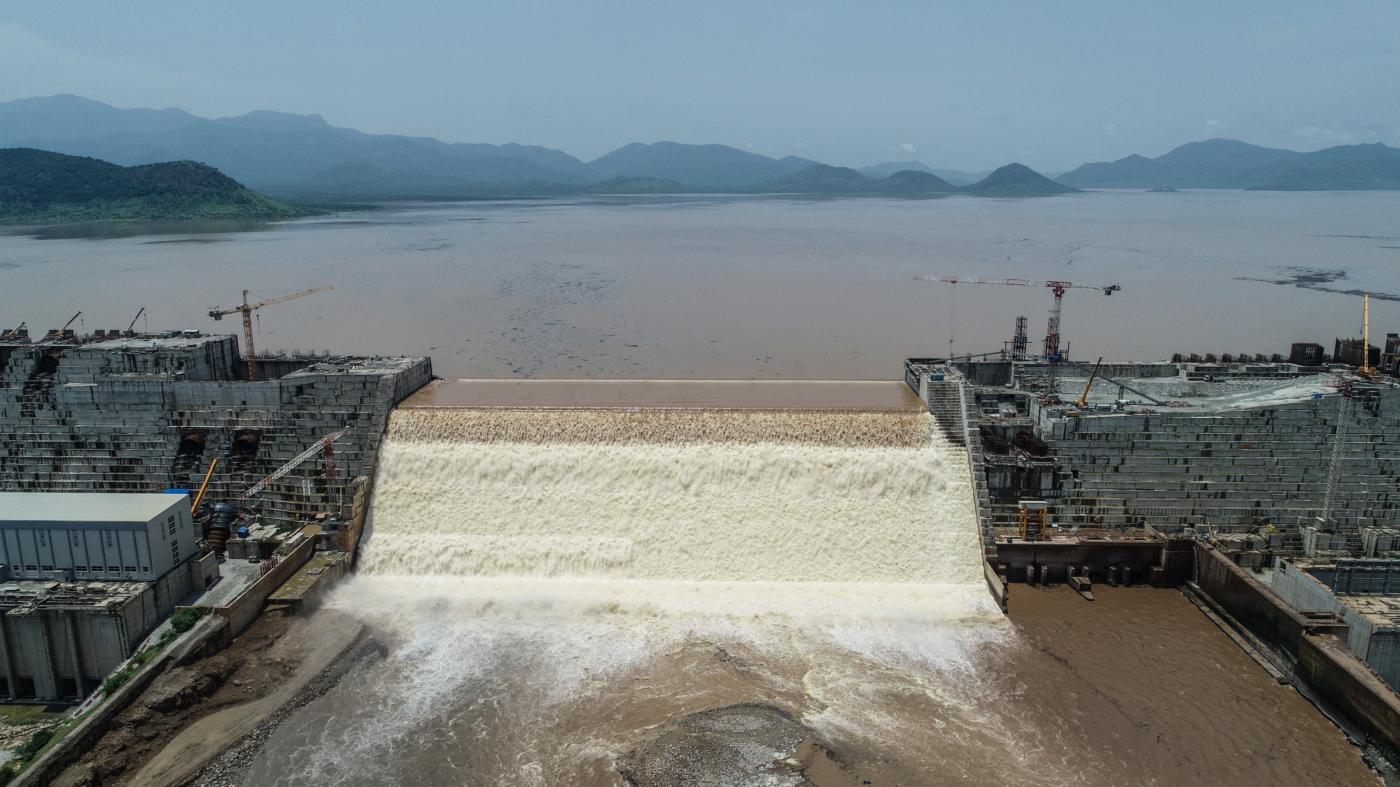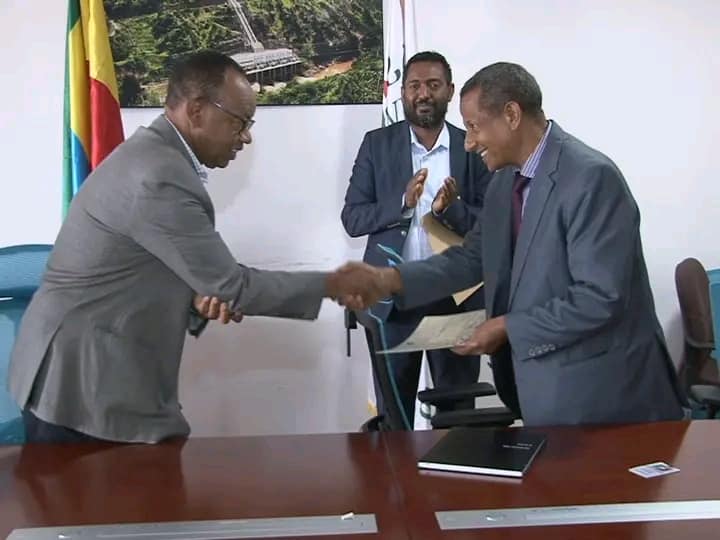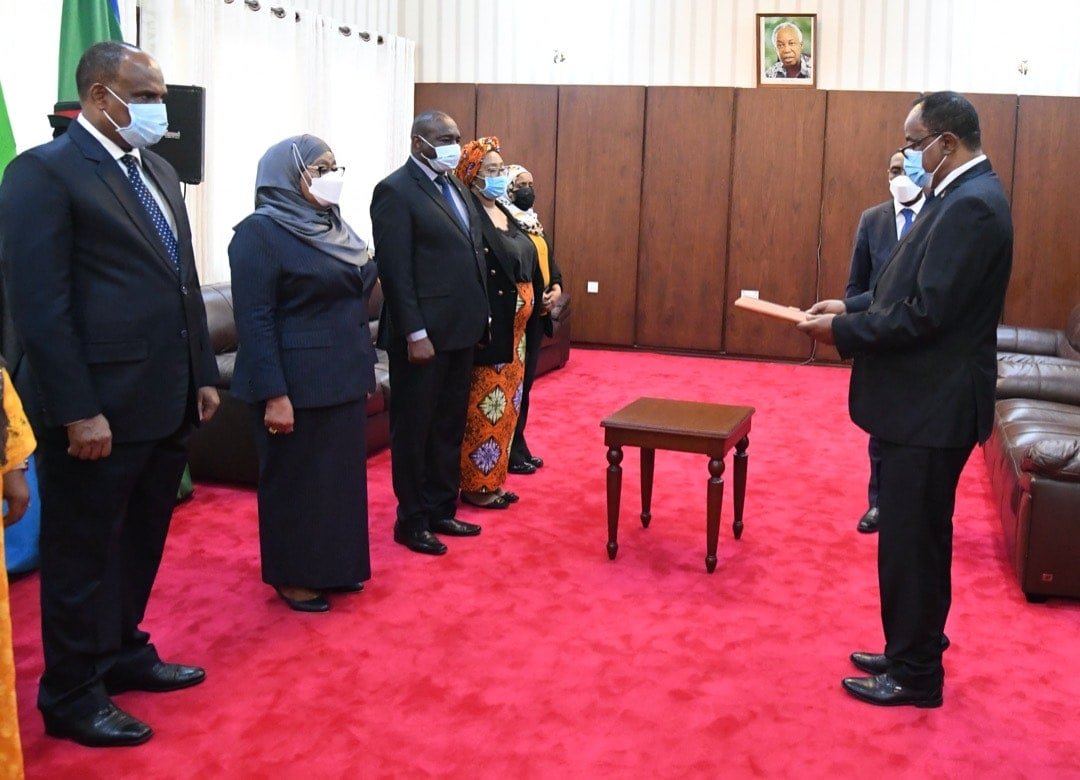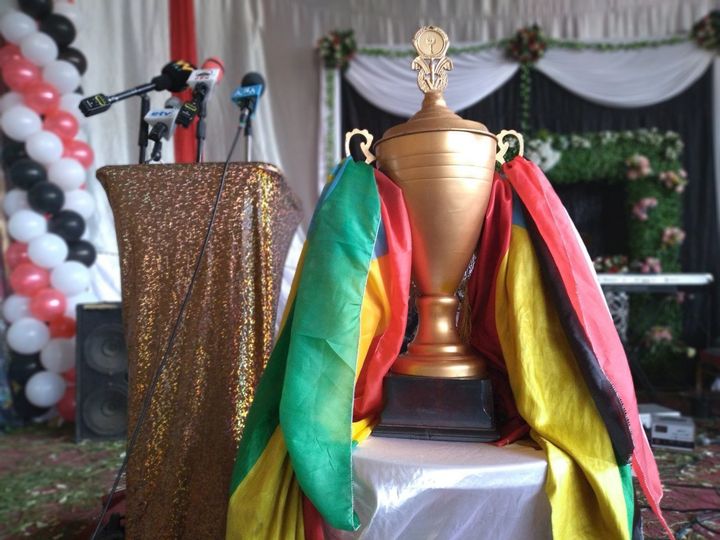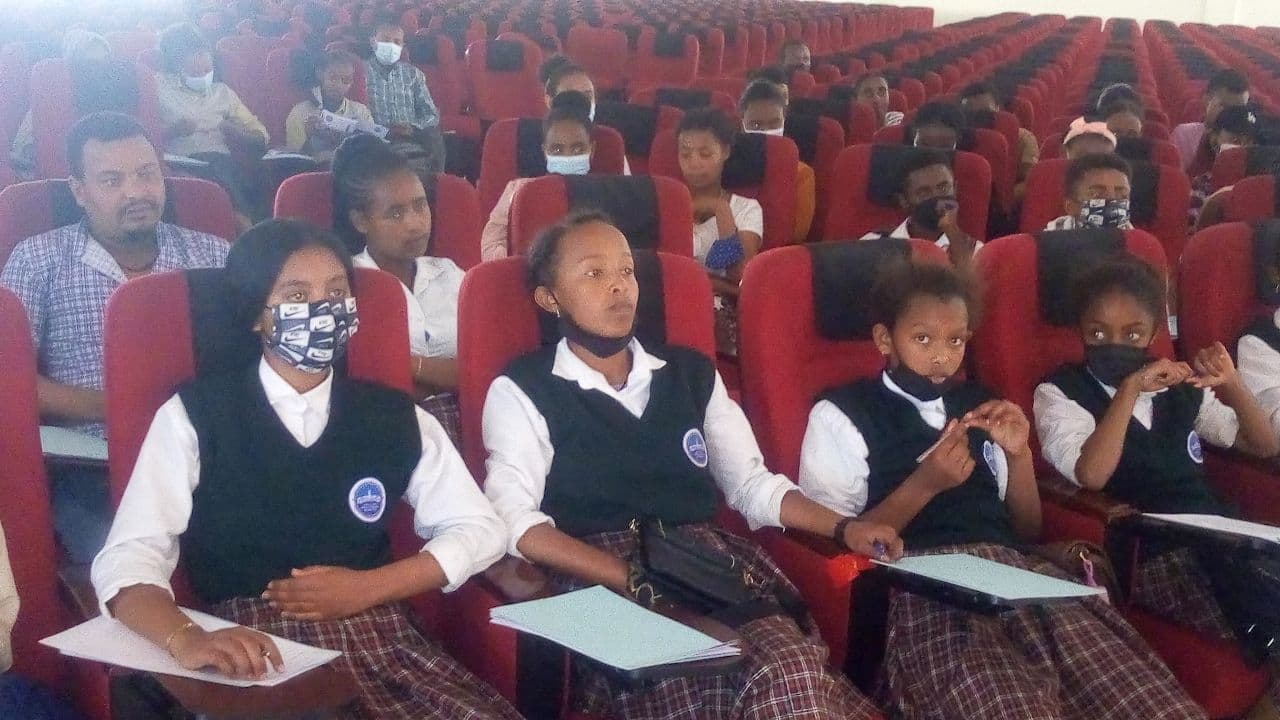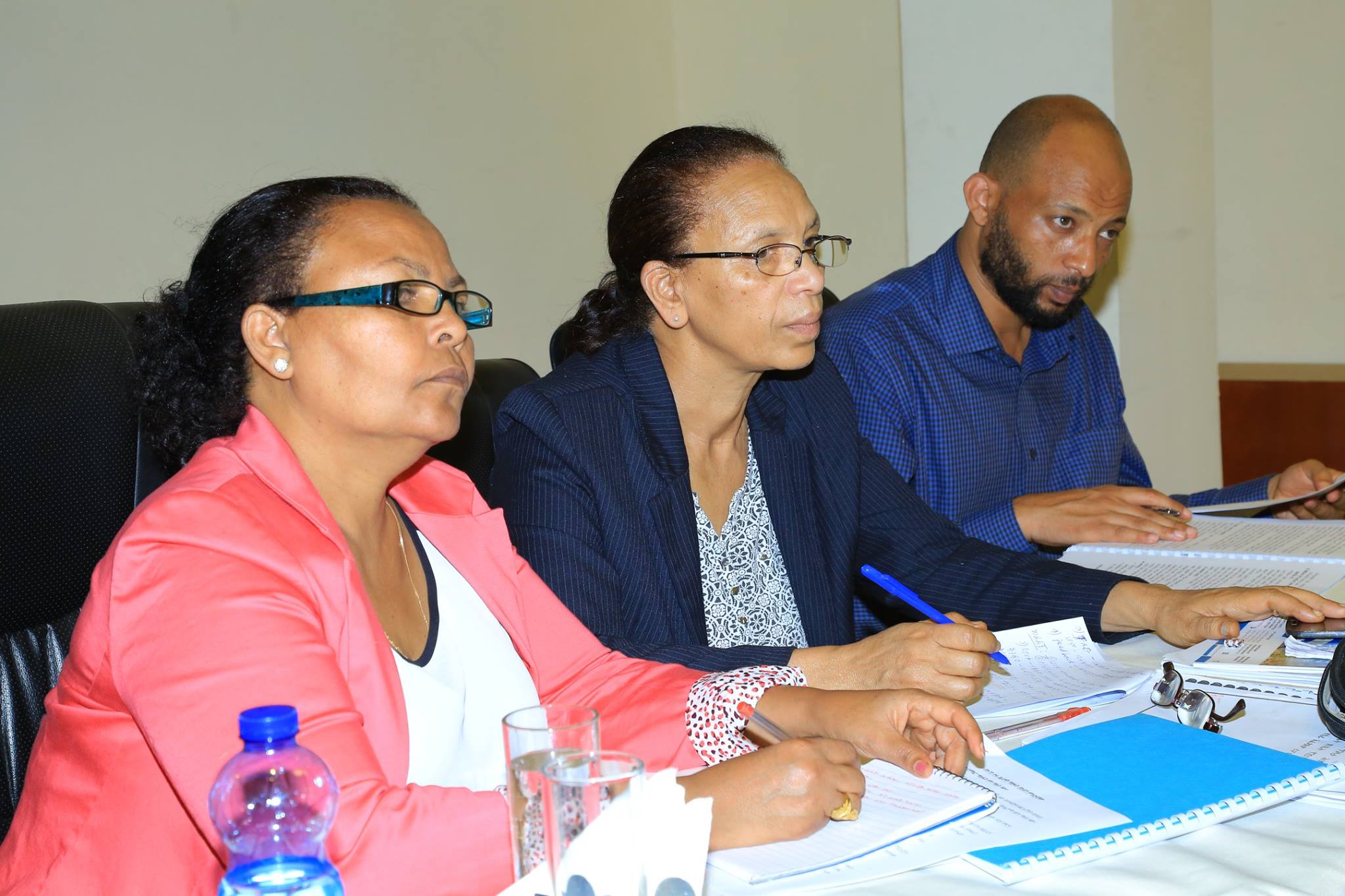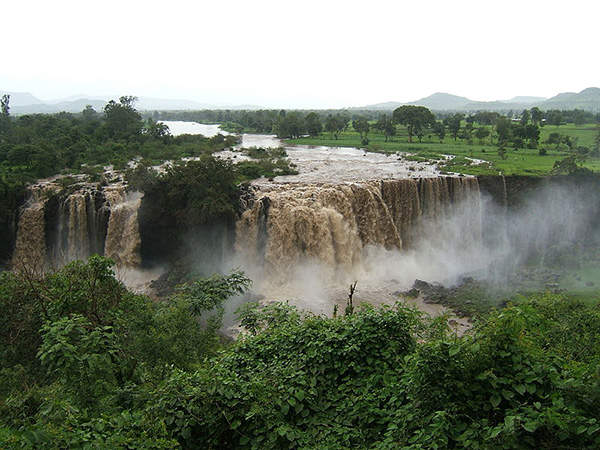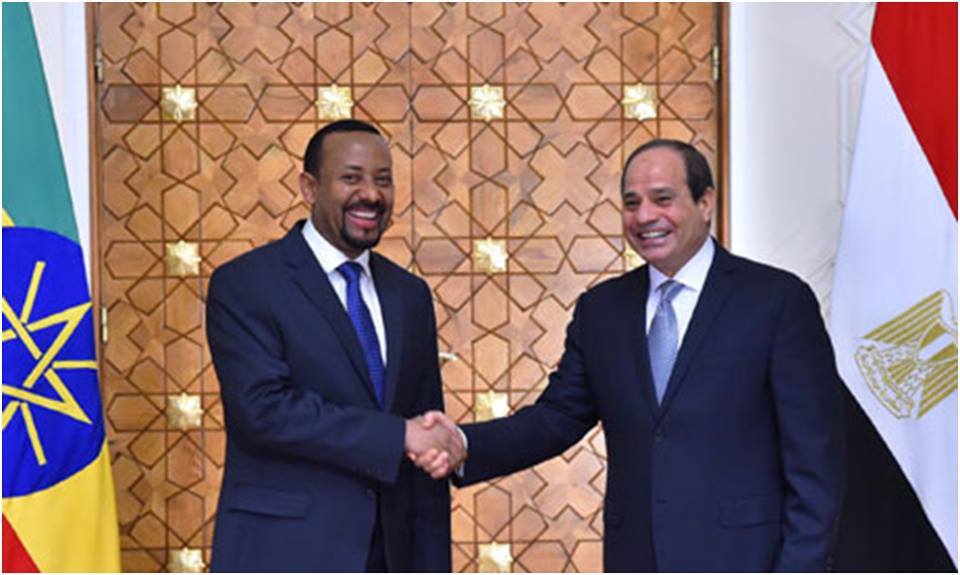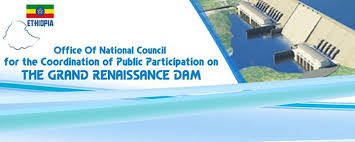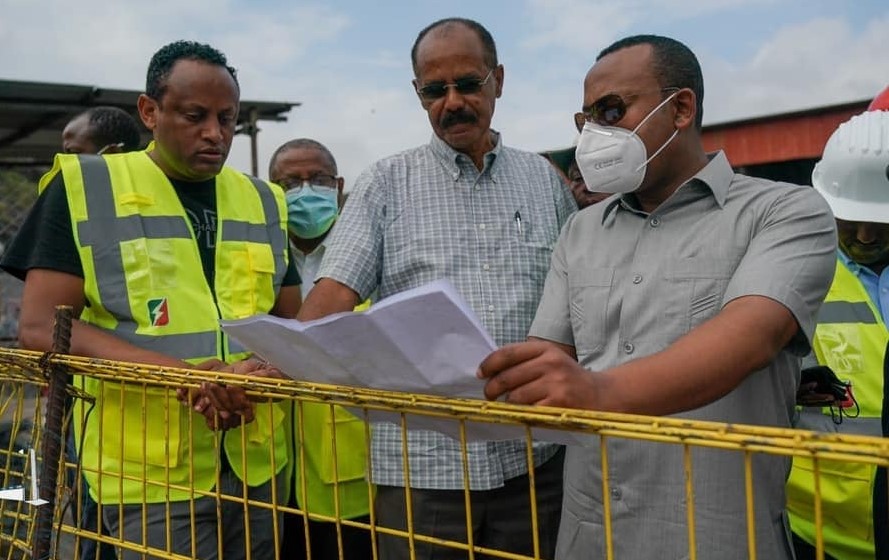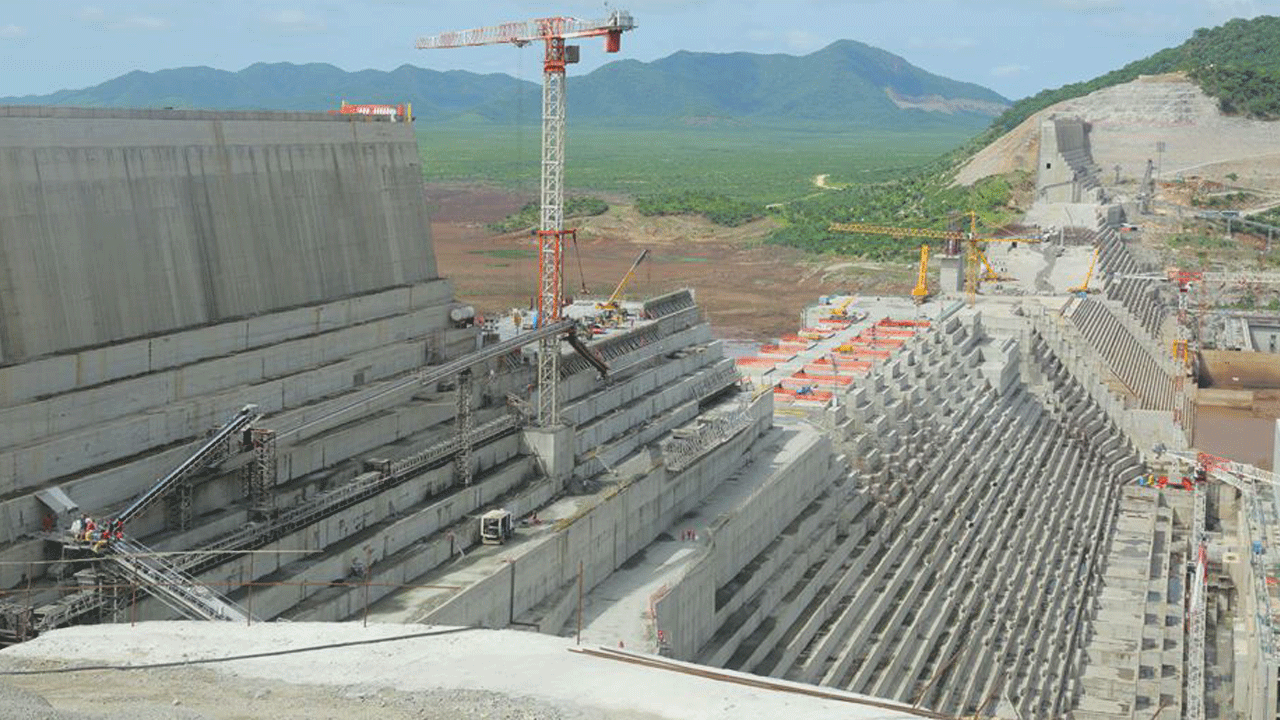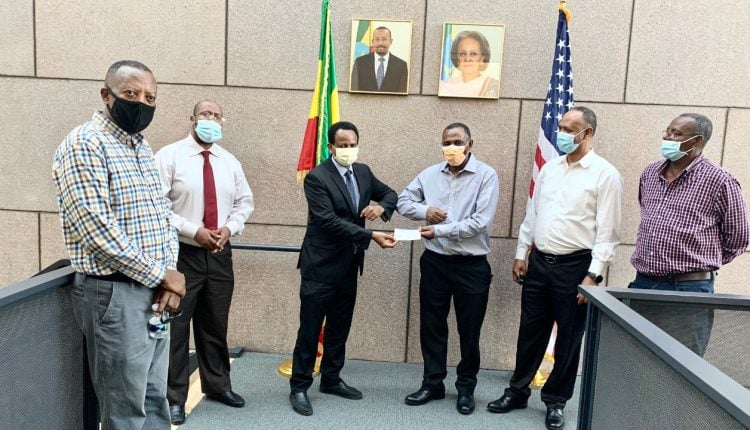The Renaissance of Water BY:- AMEN GASHAW - Welcome
嵌套Portlet
资源发布器
网页内容搜索
Alerts
资源发布器
资源发布器
The Renaissance of Water
By:- Amen Gashaw
It is only a river, but wading through its expansive water, hearing the roaring wet conflagrations of Tissisat Falls (literally, waterfall of smoke), or watching fishermen cast their nets and women wash their clothes, one can swear the Nile breaths. It is no surprise, then, that Professor James McCann in an interview with Boston University’s “The Brink,” maintains that the Nile has a soul—“a reference to the changing beliefs about the Blue Nile, its source, its cultural meaning to the peoples who have lived at that site, and the high modern national meaning.”
In recent years, the Nile’s “soul” has taken on a more hostile and internationally toxic tone. The waters that were once monopolized by Egypt’s Aswan Dam have a new surveyor: the Grand Ethiopian Renaissance Dam (GERD), a highly contested and expensive venture that has the potential to simultaneously lift millions from poverty and throw the eastern world into tumult. Contrary to public knowledge, however, these developments are not new. In conjunction with the United States Bureau of Reclamation, Ethiopia conducted the first feasibility study for a dam on the Nile in 1964, nearly half a century before construction would begin. During the 47 years following, Ethiopia fell victim to communism, revolution, secession, and rampant chaos that distracted from wider efforts for economic development. Even once talks to implement the project began, Ethiopia entered into a nearly perpetual conflict with Egypt regarding the implications of access to Nile water. This and a slew of other disputes have arisen in the decades since the dam was first conceived and have, unsurprisingly, not been resolved even as Ethiopia now begins to fill GERD.
It is clear that Ethiopia, in its attempt to reverse decades of regression, has systematically circumvented the interests of multinational and internal entities that have sought to sabotage its efforts to complete the Grand Renaissance Dam with the intention of maintaining preexisting alliances and protracting the subjugation of nations in the global periphery. An exploration of such dynamics warrants a model of equal artistry, innovation, and tragedy: a journey through the Renaissance of times past.
El Greco: A Posthumous Visionary
Despite his clear artistic prowess, a life of romantic intrigue and exorbitant wealth followed by debilitating debt, conflict, and ostracization led El Greco, a pioneer of the Spanish renaissance, to die poor and without renown. He did not gain widespread prestige until the last century—his well-deserved fame delayed by some four hundred years. Indeed, El Greco’s contributions to Spanish “rebirth” went unrewarded much in the same way Ethiopia has lived in Nilotic subservience to other nations for decades, if not centuries, despite supplying more than 85 percent of the river’s water. Ethiopia’s decision to build GERD is less a renaissance than it is a much overdue reconnaissance of the territory over which the nation, empirically, should have had jurisdiction long ago.
Years of geopolitical and resource subordination, thus, have placed Ethiopia at a vast disadvantage. A mere 30 percent of the population has access to ready electricity for non-essential tasks despite being the most populous landlocked country in the world, and 55 percent rely exclusively on wood for food preparation. This is not to say that Ethiopia is devoid of energy stores. Quite the contrary, as the region is rife with sources of potential wind, solar, and hydroelectric power, but has lacked the infrastructure or developmental capacity to utilize them. Imagine, then, a highly populated nation, blessed, or perhaps cursed, with vast natural resources that have gone virtually untapped. Such inefficacies have further impoverished rural Ethiopians in relation to their urban counterparts, stunting national efforts to reach universal electrification by 2025 and further develop via widespread industrialization.
GERD stands to become one of Ethiopia’s solutions to its poverty predicament, but its final implementation has long been thwarted by other nations—Egypt for instance, which has benefited from similar forms of infrastructure. Indeed, Egypt’s Aswan High Dam, in addition to regulating flood and facilitating irrigation, has 2.1 GW of electrical capacity and accounts for 45 percent of Egypt’s power needs. Studies suggest that the benefits wrought on the Egyptian economy on account of the dam could value as much as US$10 billion, four percent of the nation’s GDP, which was triple that of Ethiopia in 2018.
It is clear then that Ethiopia’s growth has been stifled while other nations, in undertaking the same methods which Ethiopia aspires to actualize, comparatively prosper. It’s true that Ethiopia has managed exponential growth without the dam, but it remains one of the world’s poorest nations. Thus, despite a 10.5 percent rate of economic expansion, the vast majority of Ethiopians live in poverty, and their destitution has been exacerbated by a lack of access to electric power that could be remedied by a dam on the Nile.
Ethiopia’s decision to build GERD is less a renaissance than it is a much overdue reconnaissance of the territory over which the nation, empirically, should have had jurisdiction long ago.
Cosimo de Medici: An Architect of Execution
In spite of insurrection, rebellion, and unrest in 15th century Florence, Cosimo de Medici commissioned the building of several magnificent cultural, economic, and political centers in Renaissance Italy. Doing so took immense individual ingenuity and resourcefulness on Medici’s part, coupled with the collective community agency of the Florentine population. Much in the same way, in the face of fierce international opposition, Ethiopians and a few select global allies mobilized to finance the building of GERD, which, as of October 2020, has been completed and is set to begin generating power in the next 12 months.
Bonds sold during times of crisis—World War, economic downturn, famine—tend to have nationalistic roots. In Ethiopia, indeed, it was patriotism that the government repurposed to fund the US$5 billion price tag of the Renaissance Dam. Any remaining costs were covered by a miniscule number of international actors, namely China and Middle Eastern nations who are unallied with Egypt. Employing largely domestic funding of the dam was not, however, the Ethiopian government’s initial intention.
In 1996, Ethiopia was granted permission to IMF and World Bank funds via an Extended Structural Adjustment Program. However, after an airline loan dispute with the United States, Ethiopia was all but sanctioned from future requests for financial aid. When they appealed to the World Bank to finance GERD, Ethiopia was then denied and has had to crowd-fund much of the project, a testament to national commitment to the initiative. Even so, international agents meant to mitigate global financial conflict have been, by default, apprehensive of Ethiopian expenses, or at least, subservient to wealthier and more influential nations, in this case the United States.
Despite a sense of national solidarity surrounding the dam’s construction, the Ethiopian domestic climate has been far from devoid of conflict regarding its completion. Since its construction began in 2011, the Ethiopian Attorney General has charged 50 people with abuse of power and embezzlement of funds intended for dam construction, especially involved with the Metal Engineering Corporation (METEC). METEC was also held responsible for structural inefficacies in the dam which, when being repaired, resulted in construction delays. Preexisting complications were exacerbated by the alleged suicide but suspected murder of GERD engineer Simegnew Bekele. Thus, even within Ethiopian borders, GERD has had to overcome significant and simultaneous financial and domestic barriers.
In Ethiopia, indeed, it was patriotism that the government repurposed to fund the US$5 billion price tag of the Renaissance Dam.
Zora Neale Hurston: Hard Pressed on All Sides
The figures of the Harlem Renaissance were not friends to Zora Neale Hurston who, in her brutally honest and unfiltered writings, critiqued the essence of both mainstream American and Black culture. Indeed, she was buried in an unmarked grave after critical feedback to her novel “Their Eyes Were Watching God” placed her on the outskirts of the literary community until her death. GERD has also, on many occasions, fallen into obscurity and near disaster after insurgents, multinationals, and even the leader of the free world have tried to combat Ethiopia’s dam building efforts. Indeed, Israel, the United States, Egypt, and even other sub-Saharan African nations like Sudan and the Congo, on account of deep rooted conflicts of interest, have voiced and acted to prevent the Renaissance dam’s completion.
Israel, for instance, has been on the receiving end of Egypt’s North Sinai Agricultural Development Plan since the late 1990s, through which it has acquired a steady flow of Nile water that Egypt has continued to supply despite initial geopolitical concerns. Indeed, likely on account of the steady flow of vital water, Israel currently prioritizes its relationship with Egypt, which has historically been one of animosity, over Ethiopia. When accused of opportunistically installing defensive air systems to protect GERD in attempts to secure access to the dam upon its completion, Israel denied involvement. This deprioritization of Ethiopian interests exists in direct contrast, however, with Israeli intentions to assume responsibility for energy distribution of the new dam, ensuring that even if their alliance with Egypt along the Nile collapses, Israel will continue to have access to its hydroelectric power. The tale of GERD-Israeli relations, then, is one of inconsistency and interference, and has the potential to destabilize the climate of Ethiopian affairs.
Israeli meddling is not the only difficulty posed by more developed nations. The United States, which has been instrumental in “facilitating” peace talks between Egypt and Ethiopia regarding the dam, recently withdrew US$130 million of foreign aid from Ethiopia after the latter’s unilateral decision to begin filling the dam before a settlement was reached. In reality, this diversion of funds displays a clear bias in favor of Egypt in the United States’ “engagement” efforts and lack of understanding of the gravity of the dam’s completion for individuals throughout Africa. Indeed the fund halt may do more to suspend trilateral discussions between Egypt, Sudan, and Ethiopia respecting the future of GERD, further backlogging its completion and amplifying the toxicity of intra-African relations.
In keeping with gradually decaying relations within Africa regarding GERD, negotiations for the dam have largely been characterized by Egyptian bitterness, Sudanese opposition, and Congolese hypocrisy. This is not to say that Ethiopia is entirely blameless, but holistically, there seems to be a superordination of personal interests over continental harmony. Egypt, feeling betrayed by Ethiopia’s decision to build GERD rather than the border dam that had been internationally agreed upon in a 2008 World Bank deal, has claimed that the dam will drastically reduce its access to Nile water, which fuels and supports over 95 percent of its population, and has mounted the lofty request that Ethiopia increase its share of Nile water flow from 66 percent to 90 percent. This may, however, be impossible without deliberately underutilizing GERD’s capacity. Sudan holds similar concerns that Ethiopia’s decision to begin filling the dam will harm its population, sending a letter to the UN claiming that GERD could disadvantage millions if its completion depletes water access for Sudan’s own Roseires Dam.
The Democratic Republic of Congo (DRC)’s recent endorsement of Egypt’s counter-GERD initiatives is ostensibly the most nuanced facet of the politics of Ethiopia’s water renaissance. Providing its full support for Egypt’s position in dam peace talks, the DRC continues its long-standing policy of acting in accordance with Egyptian interests. The decision to do so, however, may be tied to the DRC’s own dam building efforts, as its Grand Inga Dam, a project that could cost US$100 billion over the next half century, was recently denied funding by the World Bank in July. To support the Grand Ethiopian Renaissance Dam would, then, be to jeopardize the DRC’s future prospects at finance acquisition and international support for its 8 dam system.
GERD is projected to generate 56 gigawatt hours annually once in function. Despite its vast implications for energy access throughout Africa, however, pre-existing alliances, geopolitical intrigue, and unilateral self interest among nations of both great power and proximity to the Nile basin, Ethiopia included, actively continue to combat and derail efforts to make the dam operational.
The tale of GERD-Israeli relations, then, is one of inconsistency and interference, and has the potential to destabilize the climate of Ethiopian affairs.
Hydroelectric Renaissance
Once the filling and negotiation processes conclude, if they ever will, in addition to its immense hydroelectric power, GERD has the capacity to mitigate floods of up to 19,370 cubic meters per second, pave the way for irrigating some half a million hectares of land, and reduce unhealthy soil buildup and around 40 km of flooding in Sudan. Specialized structures will allow it to moderate excess water evaporation and, in marginally reducing the water access of the Aswan High Dam, will conserve 6 billion cubic meters of water that would otherwise have evaporated or been inefficiently allocated. The Grand Ethiopian Renaissance Dam, thus, has the ability to vastly accelerate the development of Ethiopia and Africa at large, and to some, stands as a symbol for the African Renaissance.
If African nations are able to successfully address, negotiate, and compromise on their shared interests in the completion of the structure, then, it is indubitable that GERD’s implications of rebirth will stretch far beyond Ethiopia’s borders.
媒体库
About Us
Benefits of the Grand Renaissance Project
At the completion of the project, the average generation of 15,759 Giga watt hours per year will have a significant contribution to the national electricity system. The contribution of this project will be higher to reach the targets set by the rural electrification villages and to increase the supply from 44% to 90%.
The major components of the project
The Grand Ethiopian Renaissances Dam is being constructed for the purpose of generating electricity with total installed capacity of average annual energy production of about 15,759 GWh/yr.
Discharge rate about 1,547 m3/s.
The reservoir area will cover 1,874 square kilometers at full supply level of 640 meters above sea level maximum amd 590 metres minimum.
It has a 1.8 km length and 145 m height Roller Compacted Concrete dam.
Saddle Dam embankment of length 5.2 km and height 50 m.
The total storage volume is 74 billion cubic meters
